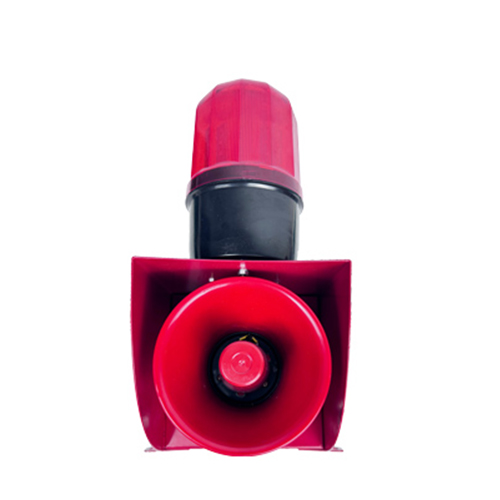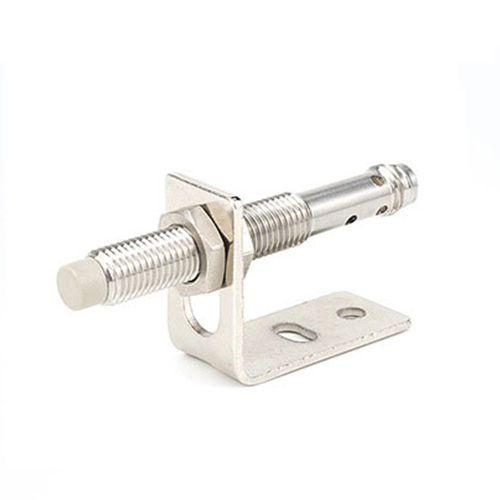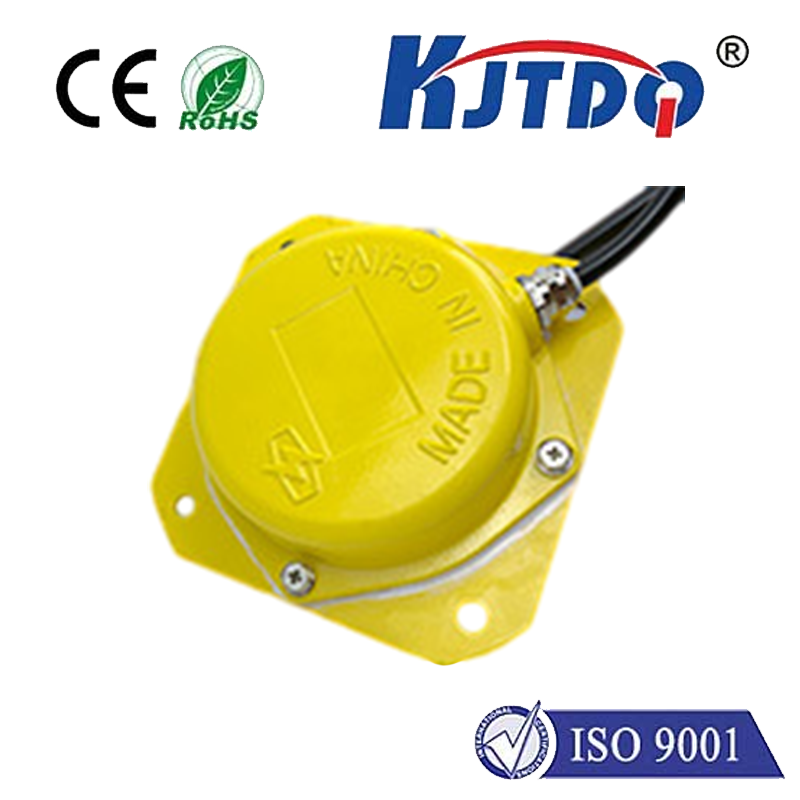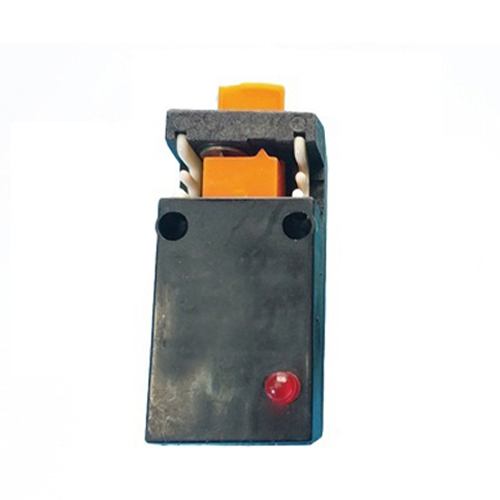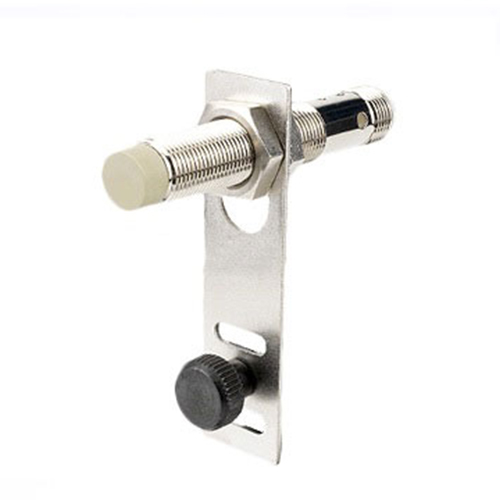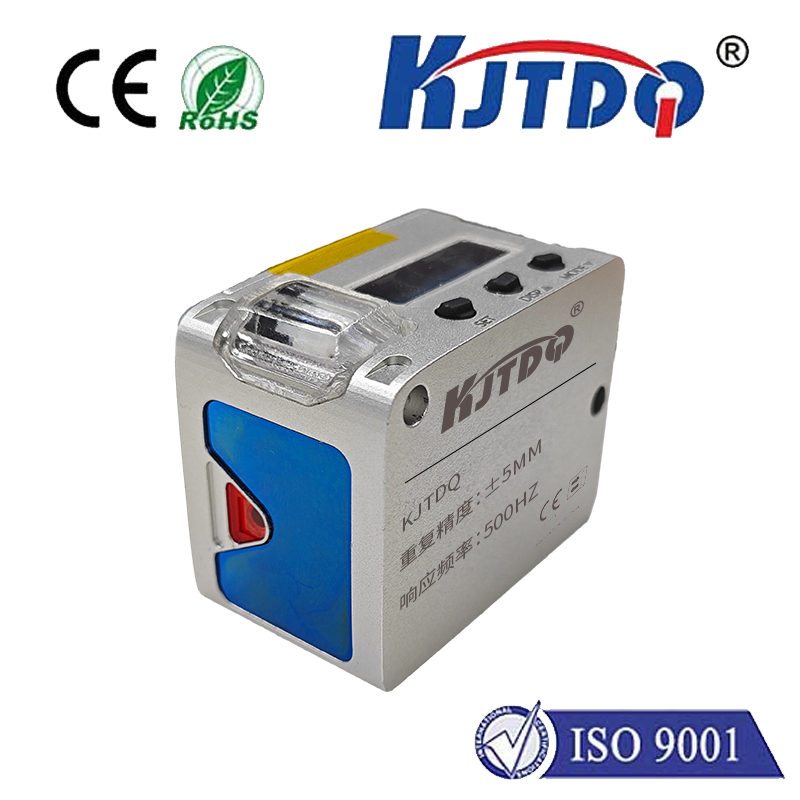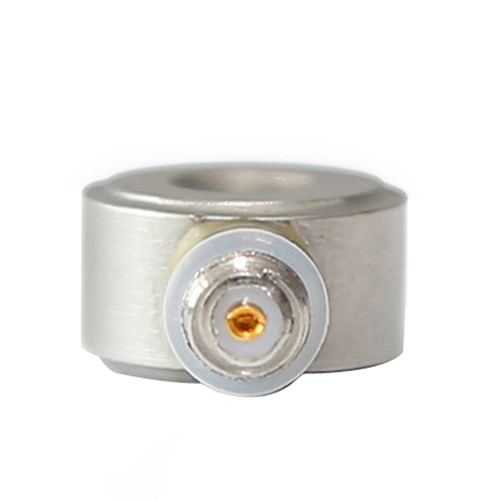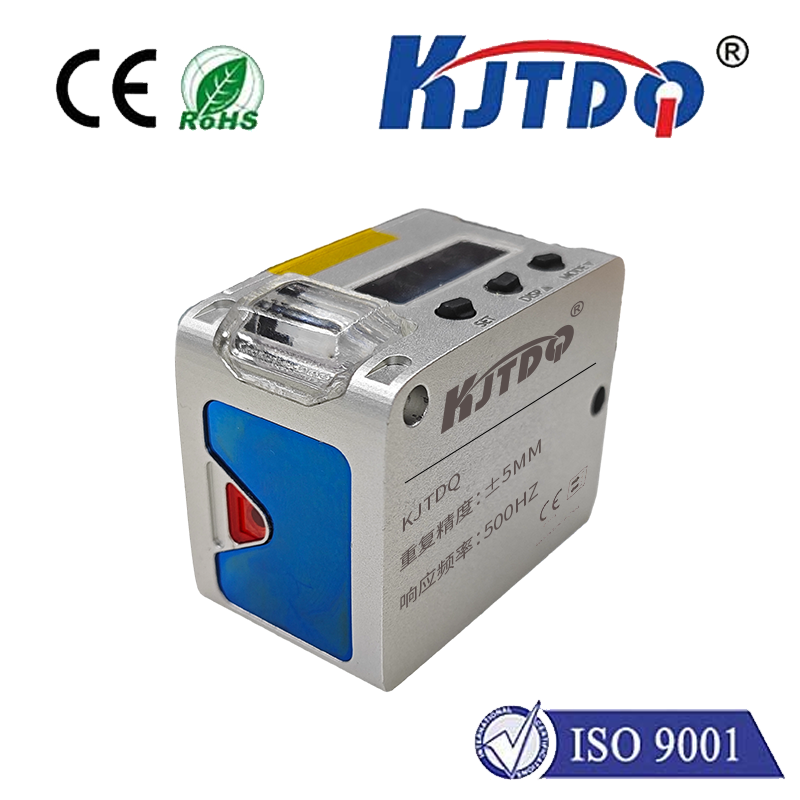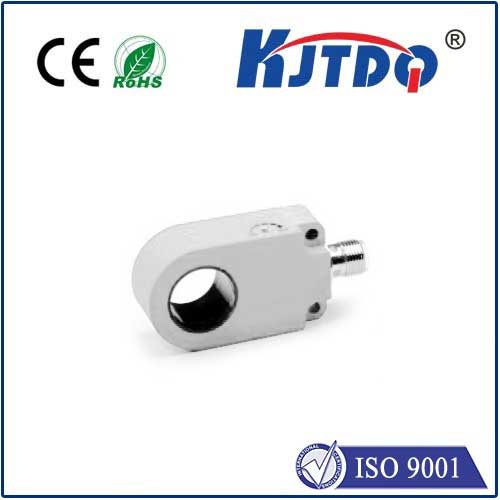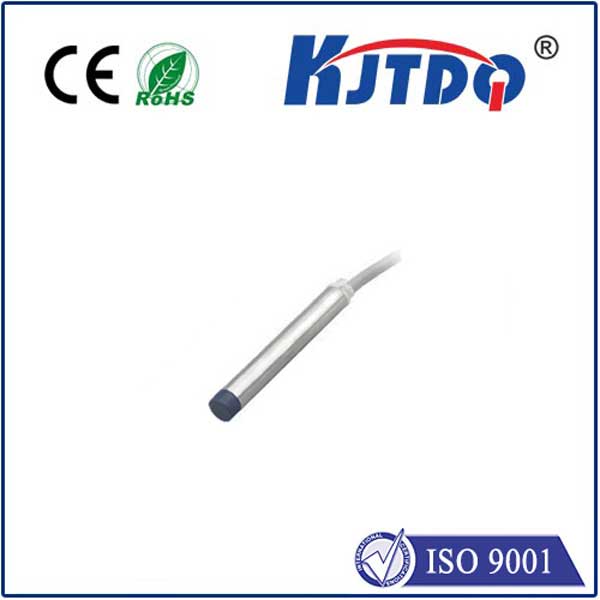

check

check

check

check

check

check

check

check

check

check

Title: Introduction to the 3 Wire PNP Proximity Sensor A proximity sensor is a device that can detect the presence of an object without any physical contact. There are various types of proximity sensors available, each with its specific application. One such type is the 3 wire PNP proximity sensor. The 3 wire PNP proximity sensor is a type of electronic sensor that uses an electric or magnetic field to detect the presence of an object. The term “PNP” stands for Positive-Negative-Positive, which refers to the configuration of the transistor inside the sensor. It consists of three wires - one for power supply (positive wire), one for ground (negative wire), and one for output signal (positive wire). This type of sensor is commonly used in industrial automation applications for detecting metal objects. The working principle of the 3 wire PNP proximity sensor is based on电磁感应原理 (electromagnetism). When a metal object approaches the sensor, it disrupts the electromagnetic field created by the sensor’s coil. This change in the electromagnetic field induces a voltage in the output circuit, which is then amplified and converted into a digital signal. One of the main advantages of the 3 wire PNP proximity sensor is its simplicity and ease of use. It requires only three wires for connection, making it easy to install and configure. Additionally, it has a high level of sensitivity and can detect even small changes in the electromagnetic field. However, it is important to note that this type of sensor is only suitable for detecting metallic objects and may not work well with non-metallic materials. In conclusion, the 3 wire PNP proximity sensor is a reliable and cost-effective solution for industrial automation applications. Its simplicity, sensitivity, and ease of use make it a popular choice among engineers and technicians.
